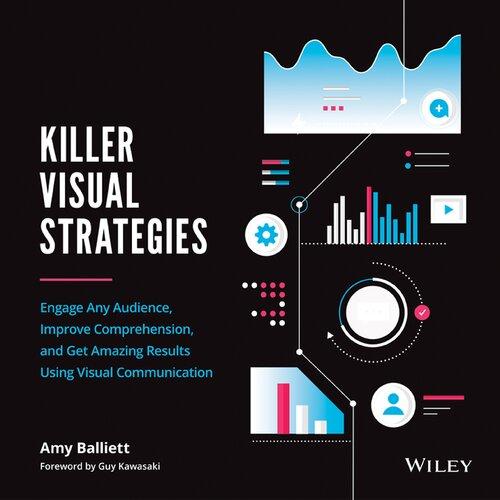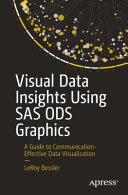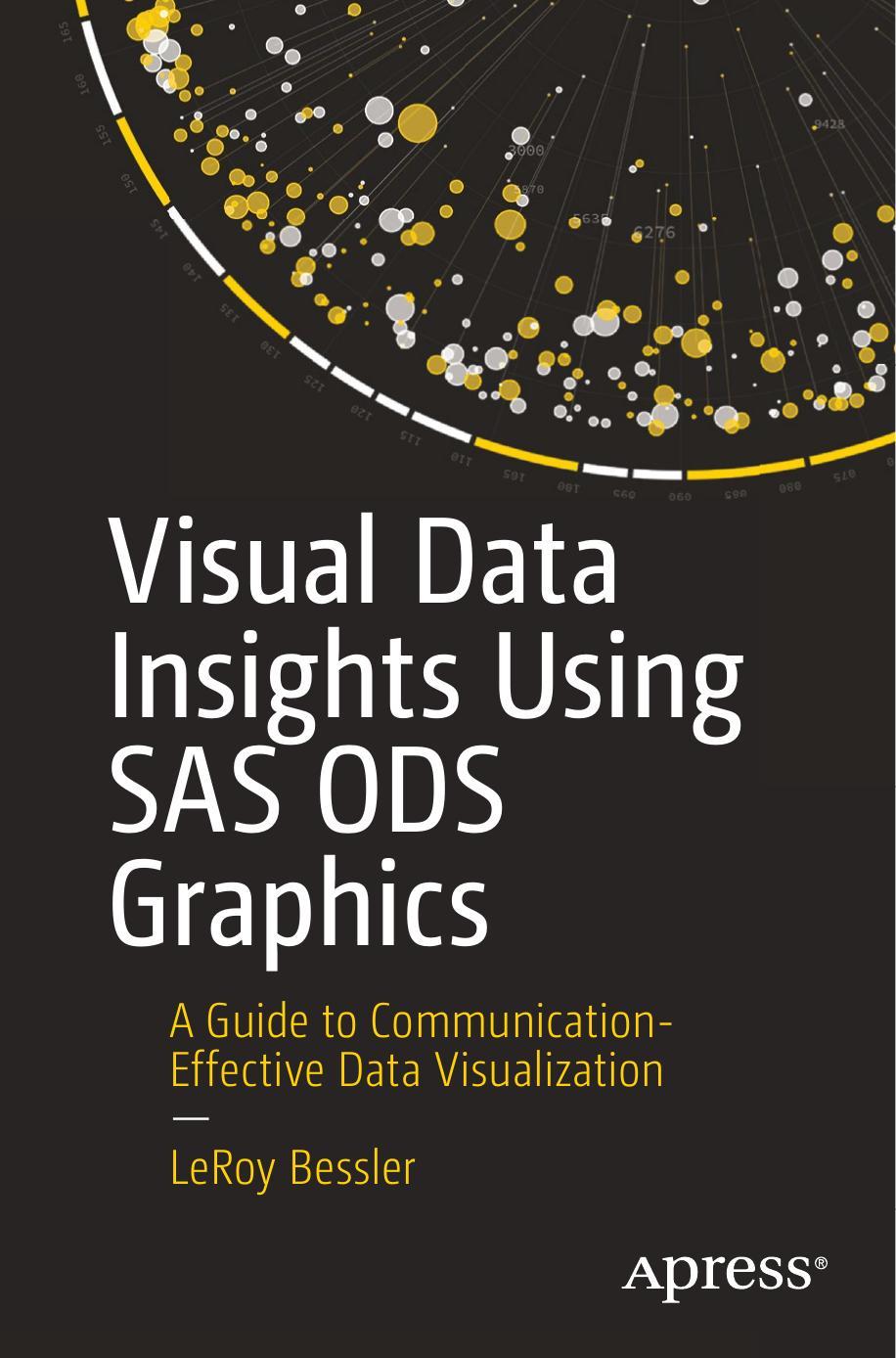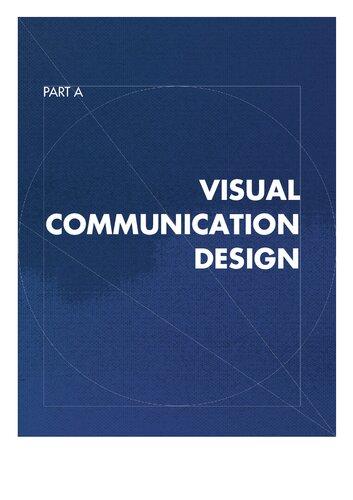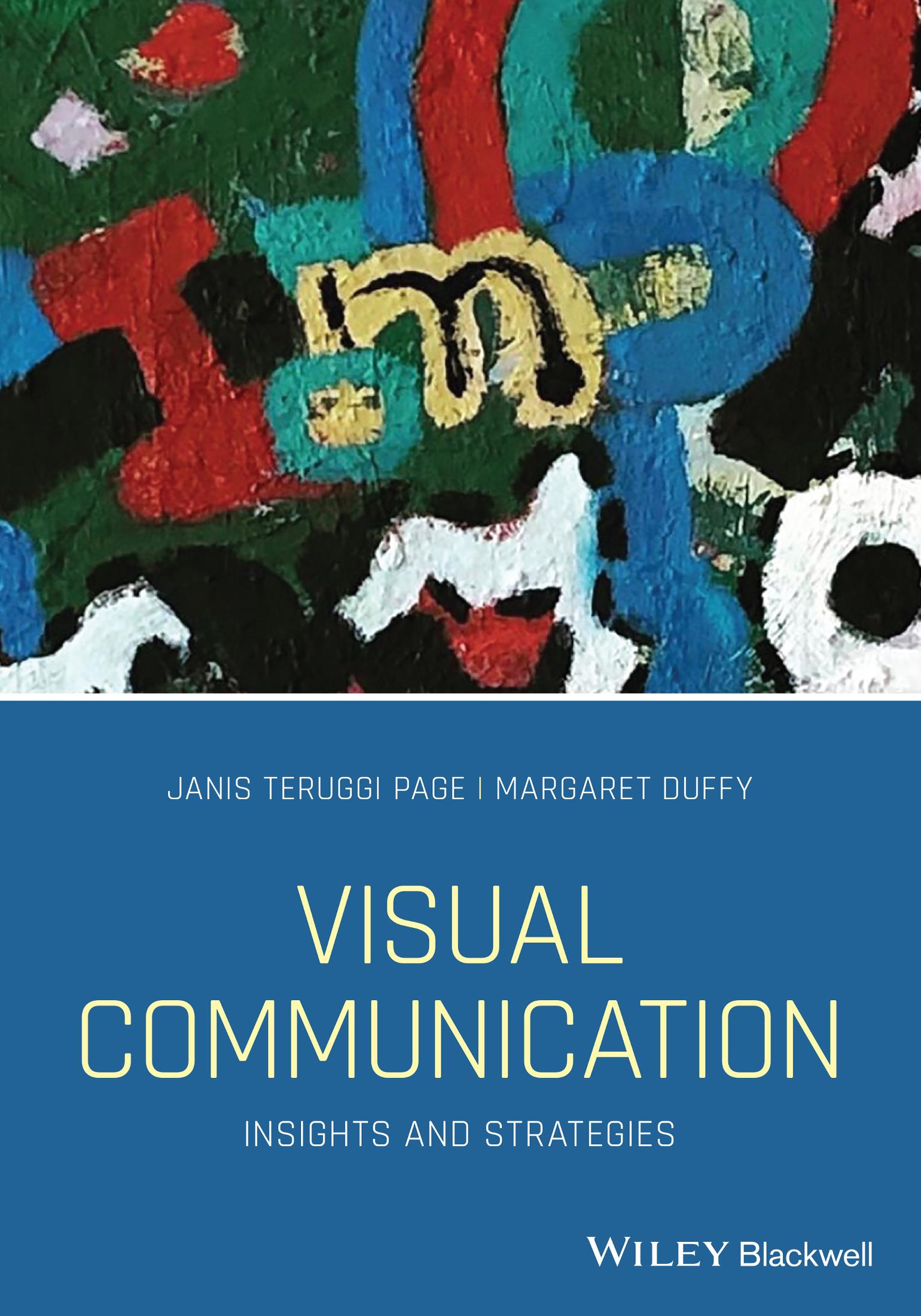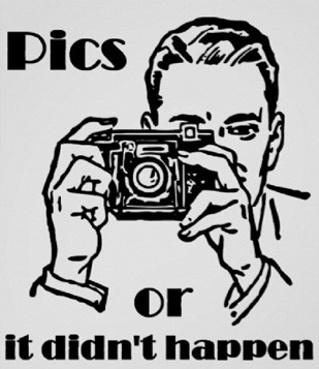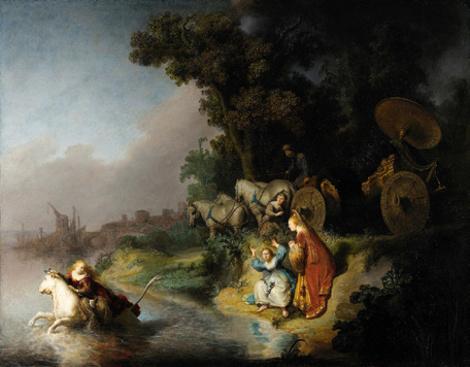Visual COMMUNICATION INSIGHTS AND STRATEGIES
JANIS TERUGGI PAGE
University of Illinois at Chicago Chicago, IL
MARGARET DUFFY
University of Missouri Columbia, MO
This edition first published 2022 ©2022 John Wiley & Sons, Inc.
All rights reserved. No part of this publication may be reproduced, stored in a retrieval system, or transmitted, in any form or by any means, electronic, mechanical, photocopying, recording or otherwise, except as permitted by law. Advice on how to obtain permission to reuse material from this title is available at http://www.wiley.com/go/permissions.
The right of Janis Teruggi Page and Margaret Duffy to be identified as the authors of this work has been asserted in accordance with law.
Registered Office
John Wiley & Sons, Inc., 111 River Street, Hoboken, NJ 07030, USA
Editorial Office
111 River Street, Hoboken, NJ 07030, USA
For details of our global editorial offices, customer services, and more information about Wiley products visit us at www.wiley.com.
Wiley also publishes its books in a variety of electronic formats and by print-on-demand. Some content that appears in standard print versions of this book may not be available in other formats.
Limit of Liability/Disclaimer of Warranty
While the publisher and authors have used their best efforts in preparing this work, they make no representations or warranties with respect to the accuracy or completeness of the contents of this work and specifically disclaim all warranties, including without limitation any implied warranties of merchantability or fitness for a particular purpose. No warranty may be created or extended by sales representatives, written sales materials or promotional statements for this work. The fact that an organization, website, or product is referred to in this work as a citation and/or potential source of further information does not mean that the publisher and authors endorse the information or services the organization, website, or product may provide or recommendations it may make. This work is sold with the understanding that the publisher is not engaged in rendering professional services. The advice and strategies contained herein may not be suitable for your situation. You should consult with a specialist where appropriate. Further, readers should be aware that websites listed in this work may have changed or disappeared between when this work was written and when it is read. Neither the publisher nor authors shall be liable for any loss of profit or any other commercial damages, including but not limited to special, incidental, consequential, or other damages.
Library of Congress Cataloging-in-Publication Data
Names: Page, Janis Teruggi, author.| Duffy, Margaret, author.
Title: Visual communication: insights and strategies / Janis Teruggi Page, University of Illinois, Chicago. Margaret Duffy, University of Missouri, Columbia, USA
Description: First edition. | Hoboken, NJ : Wiley Blackwell, 2022. | Includes bibliographical references and index.
Identifiers: LCCN 2020043378 (print) | LCCN 2020043379 (ebook) | ISBN 9781119226475 (paperback) | ISBN 9781119227298 (adobe pdf) | ISBN 9781119227304 (epub)
Subjects: LCSH: Visual communication. | Visual analytics. Classification: LCC P93.5 .D86 2021 (print) | LCC P93.5 (ebook) | DDC 302.2/26–dc23
LC record available at https://lccn.loc.gov/2020043378
LC ebook record available at https://lccn.loc.gov/2020043379
Cover Design: Wiley
Cover Images: © Janet Trierweiler
Set in 10/12pt Ubuntu by Straive, Pondicherry, India
Making Sense of Visual Culture Chapter 1
1000 Words or One Simple Picture?
“Pics or it didn’t happen.”
By 2015, this phrase had morphed from a meme to a catchphrase that seemed to be everywhere. If a friend tweeted that she’d been cliff diving in Acapulco, you might respond with that phrase suggesting that perhaps she was being boastful without any evidence to back it up (Whitehead, 2015).
Source: http://www.dpreview.com/ forums/post/58791114. Reproduced with permission of RetroClipArt/ Shutterstock.com.
Visual Communication: Insights and Strategies, First Edition. Janis Teruggi Page and Margaret Duffy. © 2022 John Wiley & Sons, Inc. Published 2022 by John Wiley & Sons, Inc.
If your gamer pal claimed to have reached level 60 in World of Warcraft, you might demand some proof.
Other phrases call on our desire to tap into what Whitehead and others have called “visual authority.” You’ve all heard that “seeing is believing” and heard people say, “I’ll believe it when I see it with my own eyes.” And consider the famous Chinese proverb, “a picture is worth a thousand words.” Here’s the thing: it’s not Chinese, and it’s not a proverb. In fact, it was likely the creation of ad man Fred Barnard1 in the 1920s. As William Safire (1996) writes, Barnard, trying to increase his agency’s business selling ads on railway cars, came up with the phrase. He had it translated into Chinese characters with the caption “Chinese Proverb: One Picture is Worth Ten Thousand Words” and it passed into popular culture as “one thousand words.” Whether it is one thousand or ten, Barnard tapped into the notion that most people find visual evidence more credible and interesting than verbal or textual expression (Graber, 1990).
In entertainment, politics, interpersonal interactions, and at work and at play, we’re all consuming, evaluating, and creating visuals. Our culture is increasingly suffused with images aimed at selling us something, persuading us, informing us, entertaining us, and connecting us with others. Your skills and capabilities in communicating effectively and critically evaluating what’s around you are crucial to your personal and professional success and that is what this book is about. In the following chapters, we’ll provide you with the tools to become an ethical and effective communicator in an era increasingly suffused with images of all kinds.
Key Learning Objectives
1. Understand visual culture and its transformation in the digital age.
2. Explore the fluidity of visual meaning.
3. Identify ways to research and analyze visuals.
Chapter Overview
In this introductory chapter, you’ll explore five important issues relating to visuals in contemporary society. First, you’ll be introduced to how visuals work and how we interpret them. Second, we’ll review the astounding growth of visuals and video in recent years and how this trend is on a steep upward trajectory. Third, we examine the concept of visual culture and how changing technology relates to that culture. Fourth, you’ll delve into how individuals can draw different meanings from the same visuals or video artifacts and how that process relates to social life and the meanings we take from our environment. Fifth, we preview ways to analyze visuals. At the close of the chapter we offer two vignettes illustrating how visuals work and provide an overview of the book as a whole.
HOW VISUALS WORK
LO1 Understand visual culture and its transformation in the digital age
Today almost every part of our lives is visual and visualized. We routinely use devices to see, to capture experiences, and to communicate. As suggested by Tavin (2009), visual culture is “a condition in which human experience is profoundly affected by images, new technologies for looking, and various practices of seeing, showing, and picturing” (p. 3, 4). We are now at a place of unlimited visual culture and thus how we understand media and visual literacy has changed.
Photographic Truth?
Among the things that strike us about images and photographs in particular is how they feel as if they are presenting us with a truth about reality. Sturken and Cartwright (2009) call this the “myth of photographic truth” (p. 24) because it obscures the roles of human beings who are creating the image. Those acts of creation include many factors such as the choices the photographer makes about the scene, lighting, and composition. Indeed, the photographer decides what subjects are worthy of their time or attention.
Even with technologies that make it easy and inexpensive to capture images of all kinds, the picture-taker must choose those subjects, whether they are powerful images of war or funny pictures of grumpy cats. All of these will affect the tone of a photo and thus the interpretations people take away from it. Even though we may know intellectually that the photographer has chosen a certain subject at a certain time and framed it a certain way, a photo still carries a sense of legitimacy. Put differently, it involves the “legacy of objectivity that clings to the cameras and machines that produce images today” (Sturken and Cartwright, 2009, p. 18).
FOCUS: A Historical Perspective on Visual Culture
Another way to understand visual culture is to look at it historically. This example illustrates the role of perspective. When we compare medieval paintings (1300–1500) to contemporary paintings, we see remarkable differences. People in today’s societies are used to seeing twodimensional (flat surfaces) that depict three-dimensional spaces such as a road receding into the distance. In medieval times, Christianity was the primary organizing principle of society and artists presented religious and historical images based on the importance of those portrayed rather than more realistic representations (Willard n.d.). The world depicted in the paintings was the domain of God, not the lived experience of people, as shown in this twodimensional artwork from 1295 depicting the Twelve Apostles receiving inspiration from the Holy Spirit:
Source: Art Collection 2/Alamy Stock Photo.
Source: GL Archive/Alamy Stock Photo.
In fact, it’s thought that the highly religious yet illiterate people in medieval times would have found 3D representations to be puzzling and even heretical. The Renaissance in the late fifteenth century led to the emergence of interest in science, intellectual pursuits, and the more realistic depictions of the world. With this societal change, artists began achieving three-dimensional effects using a whole range of techniques including linear perspectives, in which the “illusion that objects appear to grow smaller and converge toward a ‘vanishing point’ at the horizon line” (Jirousek, 1995). This is illustrated in Rembrandt’s 1632 painting, The Abduction of Europa:
Growing Importance of Visuals
Increasingly, visuals dominate how we communicate and how we understand other people, our society, and the culture in which we live. The line between the media we consume and what we used to consider “real life” is largely erased. Media are our environment as much as the physical spaces we inhabit. Old ways of belief are challenged even more in a world built of visual communication. According to Anderson (1990), this is resulting in an “unregulated marketplace of realities in which all manner of belief systems are offered for public consumption” (p. 6).
Groundbreaking journalist and social critic Walter Lippmann (1922) was likely the first to apply the term “stereotype” referring to attitudes people acquire without specific knowledge of an event or individual. People tend to quickly process visuals along the lines of what they already believe or think and interpret them in terms of familiar categories (Graber, 1988). This may lead people to reflect less on the credibility and accuracy of visual claims than those made in type.
Our Precarious Visual Culture
Today, something that looks like a photo may be an image that’s digitally produced, altered, or enhanced. Many images are essentially fictions deliberately created to amuse, to deceive, or to offer an artistic perspective. Many of these are shared and even go viral. They range from silly fictions and jokes, such as fried chicken Oreos and a man presumably holding an 87-pound cat, to manipulated photos attempting character assassination, such as President Obama shown smoking and President George W. Bush shown reading a book upside down (Hoaxes, 2015).
Some are memes shared by like-minded people. These images with text make fun of public figures or celebrities and often call on well-known popular culture references and icons. For example, during the Obama presidency, many forwarded email memes pictured Obama through the lens of racial stereotyping portraying him as a witch doctor, an animal, and even a pimp (Duffy et al., 2012).
For some people, such images are plausible and shareable and even if they don’t literally believe the message, they nonetheless appear to believe that the visual joke carries an element of truth. The same message put into type likely would be patently offensive. However, in a cartoon-like meme, senders and receivers of the image can claim that “it’s just a joke.” For others, the images offer the opportunity to further manipulate or mashup visuals and videos to create entirely new messages and meanings. People can take photos and add stickers, filters, doodles, and text overlays. They can edit and crop images, create collages and mashups. And, of course, they can and do share them.
Political Persuasion
Images created to intentionally mislead are increasingly part of the promotional strategies for political candidates and their supporters. In pre-Internet times, visuals and video, usually on television, played a major role in positioning candidates and their
opponents. Political consultants have frequently harnessed the power of the visual because human beings are able to quickly interpret and process those messages. Early on, researchers found that in news coverage and advertisements, visual elements overwhelmed verbal elements. In 1988, an ABC news correspondent, Richard Threlkeld, voiced a spot that was aimed at discounting the claims of a George H.W. Bush presidential ad called “Tank Ride.” The piece showed the visuals of the ad as the reporter’s voiceover detailed the false claims it made. However, research revealed that people who saw it tended to ignore the verbal statements and internalize the message of the original ad. An intentional alteration of images in an ad from President George W. Bush’s 2004 campaign was digitally enhanced to add images of soldiers into a crowd he was addressing. After criticism, the campaign withdrew the ad.
Another questionable use of images is found in a web video by the Democratic National Campaign that used a dramatization of a man in a business suit pushing an elderly woman in a wheelchair off a cliff as a way to attack Republican Congressman Paul Ryan’s proposed plan for health care reform (Raposa, 2012). While no one was likely to believe that Ryan’s plan would literally involve throwing old people from high places, the powerful visuals coupled with a soundtrack of “America the Beautiful” nevertheless sent a deceptive message about the possible effects of Ryan’s plan. As we examine many media artifacts, we can see the power of visual metaphors – in this case, a policy change –equated to a violent act against a helpless and vulnerable person.
Political persuasion has always drawn on popular culture and the conventions of films and other audiovisual devices. You’ve probably noticed that negative political ads (NPAs) tend to present opponents using dramatic conventions drawn from horror movies or crime dramas because viewers find it easy to understand and connect with those conventions. For example, often opponents will be portrayed accompanied by dark atmospheric visual effects, unflattering images, and scary or ominous music. YouTube, Facebook, and scores of other social networks provide low cost ways to distribute content beyond television programming.
Digital Transformation of Visual Culture
Much research on digital visual content in the twenty-first century points to a tsunami of images washing over words. WebDAM, a digital brand consulting firm and data science company, reported that verbal intelligence is dropping while visual intelligence is increasing (Morrison, 2015). Scores in the SAT reading exam hit an all-time low in 2016 (Kranse Institute, 2017) and three years later, with an increased number of student testtakers in 2019, SAT reading scores again fell nationally. Research surfacing in many parts of the world now cautions that essential “deep reading” processes may be under threat as we move into digital-based modes of reading (Wolf, 2018): essentially “skimming” with low engagement and retention.
But we’re incredible at remembering pictures, writes biologist John Medina (n.d.) in his multimedia project Brain Rules. Three days after hearing information we may remember 10% of it but add a picture and memory increases to 65%. Thanks to the digital revolution,
visuals have become a universal language. A whopping 82% of all Internet traffic globally will be video by 2022, estimates Cisco (2019), up from 75% in 2017 – and virtual reality (VR) and augmented reality (AR) will increase 12-fold globally between 2017 and 2022.
Instagram had one billion monthly active users in 2018 according to TechCrunch (Constine, 2018). That same year, the total number of photos shared in the platform’s history was recorded at more than 50 billion. Dating apps like Tinder and Friendsy make it easy (some say too easy) to exchange photos with others and find romance. When it comes to the essential organizational website, research suggests that well-designed and highly visual sites are more trustworthy than poorly designed sites (Harley, 2016).
Members of Generation Z, those born in 1996 and later, are even more visually oriented than the much-discussed Millennials, those born between 1980 and 1985 (Williams, 2015). Research on Gen Z finds that 44% play video games daily and 72% visit YouTube daily (Claveria, 2019). Advertisers and media companies are responding to shifts toward the visual by redesigning their communication on big and small screens. On the so-called “visual web,” brands and news organizations have moved to image-based content creation. The massive use of mobile is a major driver of these changes as smaller screens are friendlier to visual content than textual.
Smartphones and Visual Culture
Smartphones have become so central to social life in many countries that the prospect of losing one’s phone is more distressing than losing one’s car. Owning a certain type of phone or wearable technology also communicates aspects of your interests, beliefs, and priorities. Today, most people in most countries are swimming in media images or being monitored by cameras in most public and private places. Signage and outdoor advertising are everywhere.
People are sending and receiving messages on screens of all types, large and small. Smartphones and tablets capture both the mundane and extraordinary in digital photography and video. Individuals are creating their own reality shows in real time, broadcasting their activities to users who can favorite or save the videos for later viewing or redistribution. Some people post funny animal videos (Figure 1.1), others create videos aimed at inspiring and motivating, and still others vlog with beauty advice. Some of the myriad of postings are more instructional such as how to install a garbage disposal, how to build and fly a homemade drone, and even how to give an opossum a pedicure.
All these technologies and their diverse applications affect how we see others and our environments, how we are seen and see ourselves. Some suggest that the visual web is a phenomenon largely fueled by social media, smart phones with sophisticated cameras, and apps that make it easy to create and share visual media (eMarketer, 2015). Hubspot lists the 10 best user-generated content campaigns on Instagram, for example, the UPS Store showcases a behind-the-scenes look at small business owners; online furniture store Wayfair lets customers showcase the results of their online shopping sprees; and Netflix lets fans promote their favorite shows and movies (Bernazzani, n.d.).
Figure 1.1 Smartphones and visual culture. Source: Supparsorn Wantarnagon/ Alamy Stock Photo.
MULTIPLE MEANINGS
LO2 Explore the fluidity of visual meaning.
For most of us, everyday communication seems effortless. We chat, text, and share photos with our friends with an expectation of how the receivers of our message will react. However, as you know, communication can easily go wrong. A friend’s mom, acting very concerned, recently asked her son what “LOL” meant on emails. He replied, “laughing out loud. Why?” She said, “that explains a lot. I thought it was ‘lots of love’ and I sent it in a message to someone whose pet had died.”
Similarly, that photo you shared thinking it was hilarious may or may not get the reaction you expect. Intentionally or not, images and text point us to certain interpretations of their meanings while downplaying other interpretations.
Polysemy
Different images, words, and even different fonts carry cultural meanings that may resonate or puzzle, anger or offend. These differences in meaning and interpretations are called “polysemy,” quite literally “multiple meanings.” These multiple and shared meanings shape our culture and how we understand our world. When most people
hear the word “culture” they tend to think of fine arts, opera, or esoteric French films. In this book, when we refer to visual culture, we’re talking about “the total way of life of a people . . . the social legacy the individual acquires from his group” and “a way of thinking, feeling, and believing” (Kluckhorn, 1973, in Geertz, p. 3).
Along the same lines, renowned scholar Raymond Williams (1958/1993) suggested in his foundational essay that culture is ordinary. By that he meant that we should not think of culture as simply artifacts or materials that people in a society make, whether they’re smartphone photos, paintings, or Photoshopped memes. While these are part of culture creation, cultures are also created in our actions and practices in everyday life, as we individually and collectively assign meaning and morality to what we do, say, and communicate. Similarly, Clifford Geertz argued:
Believing, with Max Weber, that man [sic] is an animal suspended in webs of significance he himself has spun, I take culture to be those webs, and the analysis of it to be therefore not an experimental science in search of law but an interpretive one in search of meaning.
(Geertz, 1973)
This helps us think of our world not as something fixed, static, and “out there,” but as something we are actively creating as we interact with each other, with media, and face-to-face. The expectations and strictures of our cultures establish our identities and our places in society and lead us to judge what is valued and what is deplored, and make us evaluate what is worthy and unworthy. This doesn’t mean that there’s no “real” reality out there, but it does mean that in social life and our interactions, we socially construct the meanings of that reality.
In pre-Internet 1990, Walter Anderson wrote that in society, the “mass media make it easy to create and disseminate new structures of reality” (p. 9). We as individuals now don’t need special tools and training to alter and edit videos, photos, and images of all kinds. Those with more skills can create entire worlds peopled by highly realistic images of individuals and environments as seen in games like the Grand Theft Auto series and Madden NFL. Some wearable technologies put the user “into” realistic 3D environments where they can “walk” through rooms, “drive” on simulated roads, and “shop” virtual products.
Semioticians, people who study the science of signs and their meanings, argue that all of the things human beings construct or create are “containers of meaning” (Anderson, 1990, p. 21). Thus, everything we use and wear from the shoes we choose to the ways we decorate our homes carries meaning both to the wearer/user and to those around us. Anderson suggests, “all the T-shirts and jeans and sneakers . . . are not only things but ideas” (p. 21) and they all may be studied as cultural facts and activities (Eco, 1978). For example, someone wearing a T-shirt with the message “I hate T-shirts” may be sending a message meant to be ironic or jokey. A man wearing a blue blazer and khakis may be sending a message that “I’m a guy who knows what’s appropriate to wear to work.” Or a small boy donning a straw hat, bandana, and strung-up tube toys may be sending the message, “I’m a cowboy today” (Figure 1.2). In addition, memes, Photoshopped photos, social media photos, nine-second videos, and emojis carry, in their form and content, ideas and values.
Because we’re immersed in a world of many messages or representations, many of them visual, we can see that our social worlds are constantly under construction through our interactions with images. Rose (2012) uses the term “scopic regime” and defines it as “the ways in which both what is seen and how it is seen are culturally constructed” (p. 2). Visual culture is often criticized as turning society and human life into a spectacle and that the move from analog to digital culture not only allows for endless replication, but itself is different and worse than, say, traditional photography. Thus, Rose concludes, “The modern connection between seeing and true knowing has been broken” (p. 4).
Figure 1.2 Everything we use and wear carries meaning.
FOCUS: Trump’s Hand Gestures
Some scholars attribute the success of Trump’s candidacy in the 2016 Republican primary in part due to its value as comedic entertainment. One study, “The hands of Donald Trump: Entertainment, gesture, spectacle” (Hall et al., 2016), analyzed the populist candidate’s comedic performances during the Republican primaries. The study proposed that in an era when style attracts more attention than content, Trump took this characteristic to new heights. The authors concluded that Trump’s unconventional political style, particularly his use of gesture to critique the political system and caricature his opponents, created a visual spectacle. Through his exaggerated depictions of the world crafted with his hands, he succeeded in
ignoring political correctness and disarming his adversaries – elemental to bringing momentum to his campaign. Among Trump’s many hand gestures, the study notes Trump’s use of the pistol hand, his signature gesture used on The Apprentice with his catchphrase “You’re fired!” to fire unworthy contestants. When Trump used the pistol hand, it conveyed arrogance, sovereign power, and commanding force – as seen in the photo below:
Source: AP Images/Stuart Ramson.
The gesture is understood through its gun shape and its associated swiftness and precision of striking down an unworthy opponent. Yet the gesture is also playful: when Trump thrusts his hand forward to mimic the firing of a gun, he brings a child’s pantomime of shooting to the firing of an adult in an entrepreneurial battle or the dismissing of an opponent in a political arena.
Media critic Stuart Hall (1997) writes that “culture is about shared meanings” and “primarily, culture is concerned with the production and the exchange of meanings . . . between the members of a culture or group” (p. 2). He suggests that people who are in the same culture will tend to interpret the world in generally similar ways while warning that things or actions cannot have stable meanings. Hall tells us that meanings are produced in multiple ways: through personal interactions, through
our use of media and technology, and in what we create and how we share those creations:
Meaning is also produced whenever we express ourselves in, make use of, consume or appropriate cultural “things;” that is, when we incorporate them in different ways into the everyday rituals and practices of daily life and in this way give them value or significance. (p. 3, 4)
Human beings have always created and responded to shared and differing interpretations of reality. All societies have systems of belief that carry values and seem natural to those who are part of that society. Like all cultural products, visuals are created within “the dynamics of social power and ideology” (Sturken and Cartwright, 2009, p. 22). Those with greater material wealth or socioeconomic status generally have more resources and abilities to use and influence the creation and dissemination of images and video. Thus, their worldviews are likely to have more prominence and influence than those from people with fewer resources. This means that we experience images within changing social contexts that can change rapidly and that the meanings we assign to them aren’t neutral. Instead, they carry values and privilege certain interpretations over others.
Form and Content
READ THIS BOOK! That statement in all caps and in boldface, communicates something different from “read this book.” How is it different from read this book? And why include it here? We include it because it reveals, in an unexpected way, how the form and not just the content of a simple sentence can communicate and conform to or violate cultural norms.
You probably don’t think of letters and words as visuals, but even the choice of a font can make a big difference in the meanings people take away from the message. Imagine a condolence card that says “With Heartfelt Sympathy! ” It feels strange because it violates our cultural expectations about what’s appropriate for such a message. Because type and text are so much part of our environments, we may not think of them as visual. But each typeface, each font, has a different personality and may convey different emotions and meanings. Perhaps without even being aware of it, you have certain expectations of the “rightness” of using a certain font to communicate a particular message.
Apple’s “Get a Mac” video campaign offers another example of how content can be differentiated by its form (Figure 1.3). Actors and humorists John Hodgman and Justin Long posed as human interpretations of a PC and a Mac. Against a white background, Long, dressed in casual clothes, introduced himself, “Hello, I’m a Mac.” Hodgman, dressed in a more formal suit and tie, adds, “And I’m a PC.” Even before the characters act out attributes of each brand (a laid-back Mac and an uptight PC), we can deduce these attributes from their form: two men standing in a blank void, staring directly at us, but one with rigid posture and business attire, and the other posed and dressed casually, hands in jeans’ pockets.

